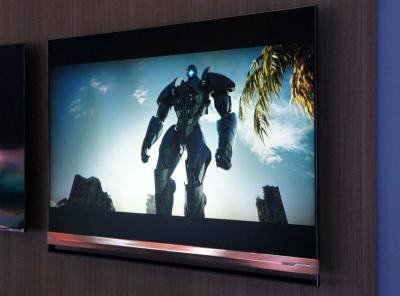China-based Hisense announced a new technology that the company says will enable its LCDs to compete with OLEDs in high contrast. The so-called ULED XD panels use two LCDs panels, one on top of the other. The inner LCD is a monochrome (greyscale) FHD LCD that is used to block the light on low brightness images, and on top of it is the usual 4K full-color LCD.

This is basically a way to achieve a high number of 'local dimming' zones for an LCD display (over 2 million such zones, in fact). The TV itself is very bright (over 2,900 nits) and reportedly offers a great image quality and an almost perfect contrast. HiSense it will release its first ULED XD TVs later this year in China. Apparently SkyWorth is also demonstrating a similar technology at CES.
HiSense recently announced its first OLED TV, the Series X (released in November 2018 in Australia).
Comments
It doesn't have 2 million zones! More like 2000! It has less than their miniLED set which is just over 5000, that's the only info they have said.
The technology makes each pixel its own "dimming zone" of sorts, this is why HiSense says it is comparable to an LCD with 2 million zones...
These new panels have a native contrast of over 200,000 to 1 using the dual (stacked) panels. All LCD panels prior had maybe 5,000:1 at best.
The back monochrome panel acts like a filter for the FALD backlighting. For the prototype they used a 2K (2 million pixel) panel, which made the prototype have 2 million "zones". The actual product is going to have a 4K back panel, so it'll have full 4K resolution for the dimming or 8 million "zones".... all of these numbers aside. The native contrast ratio is so good even if it had edge lighting it would be amazing. The added FALD just takes it over the top.
The *ONLY* reason FALD/mini led has existed prior to this dual panel technology is because the native contrast ratios on LCDs were at best 5,000:1 some samsungs this year are barely 3,000:1 (Q90 being an example). Without FALD it would look bad.


This might have something to do with the Panasonic’s technology announced in 2016.